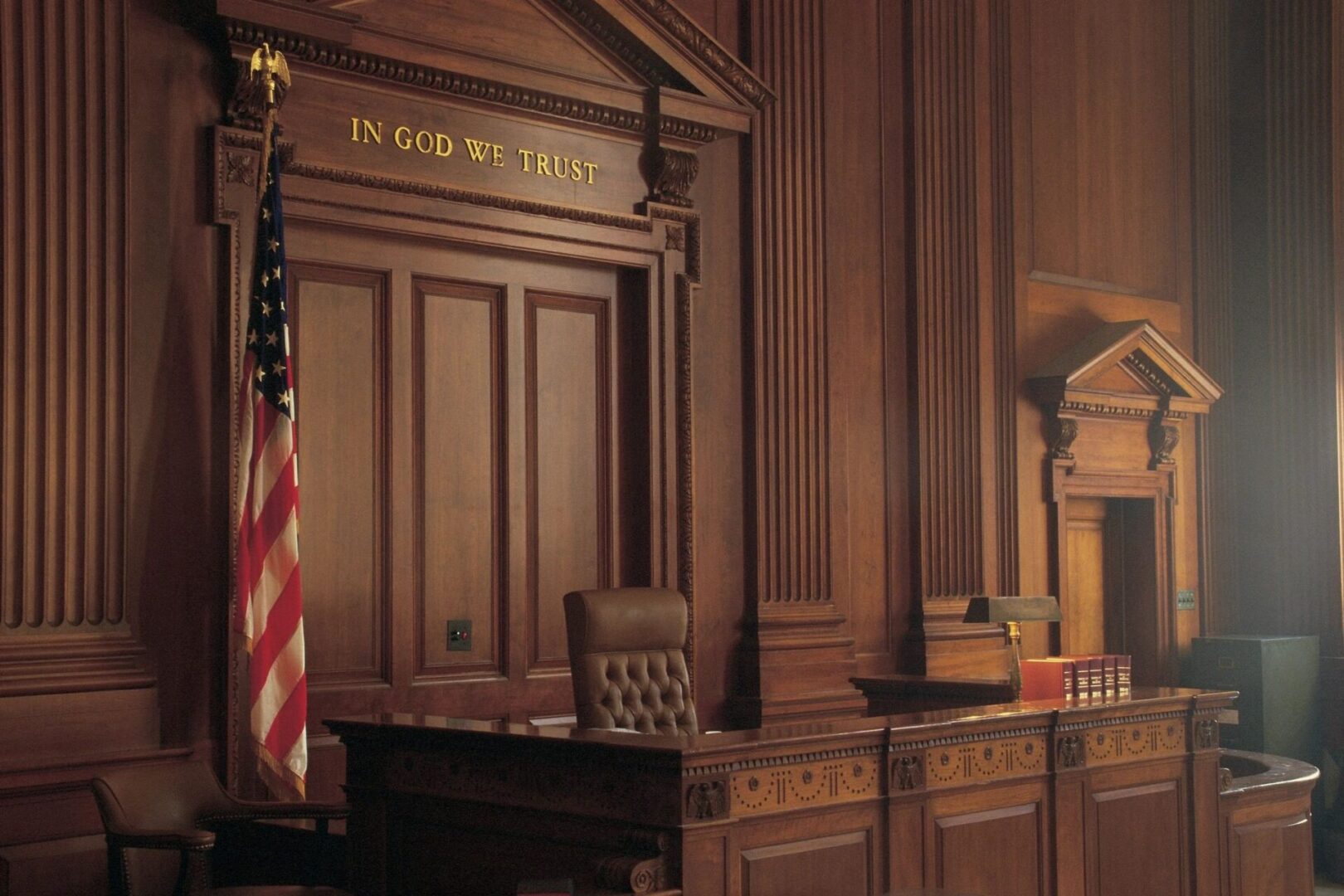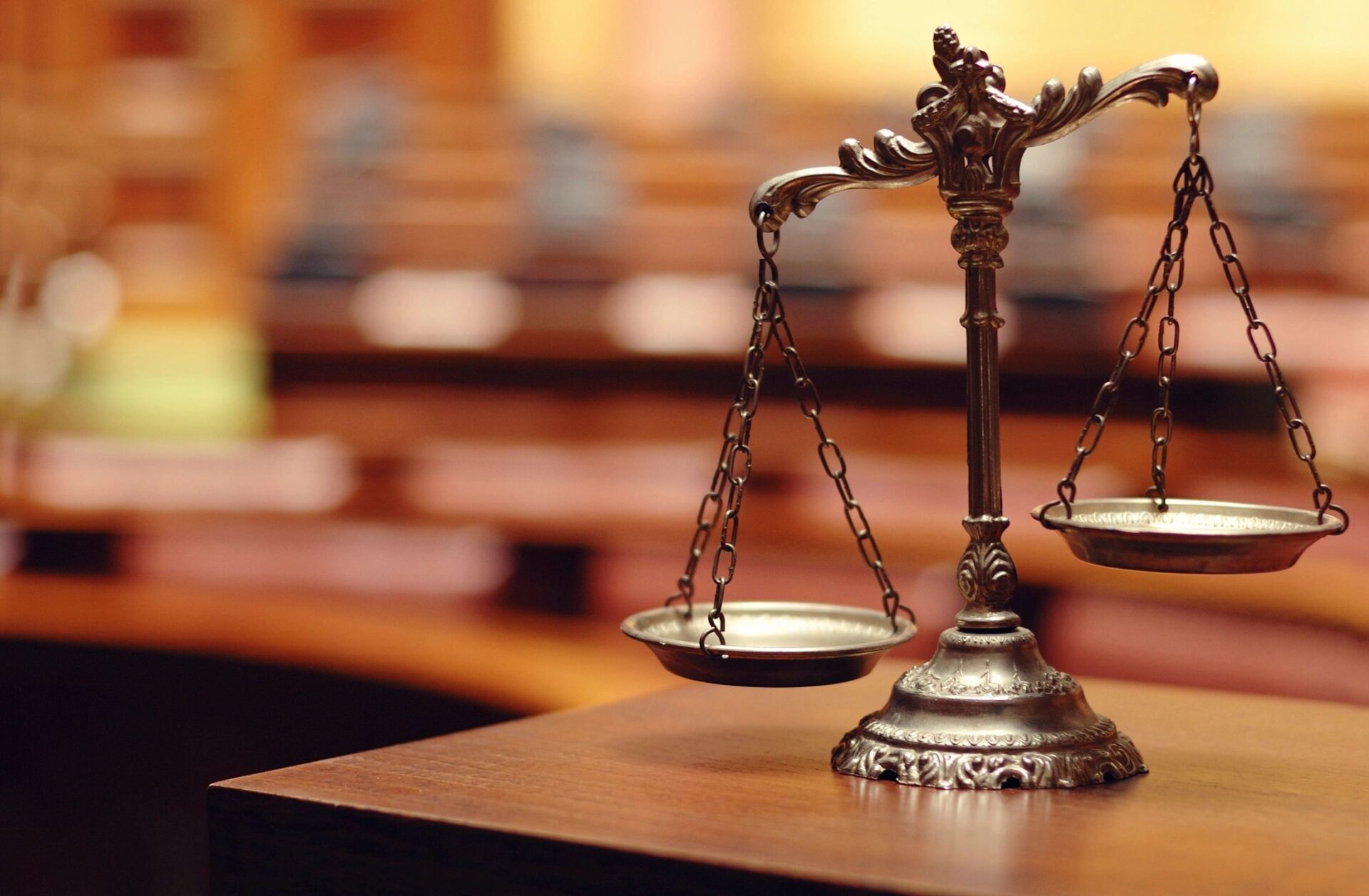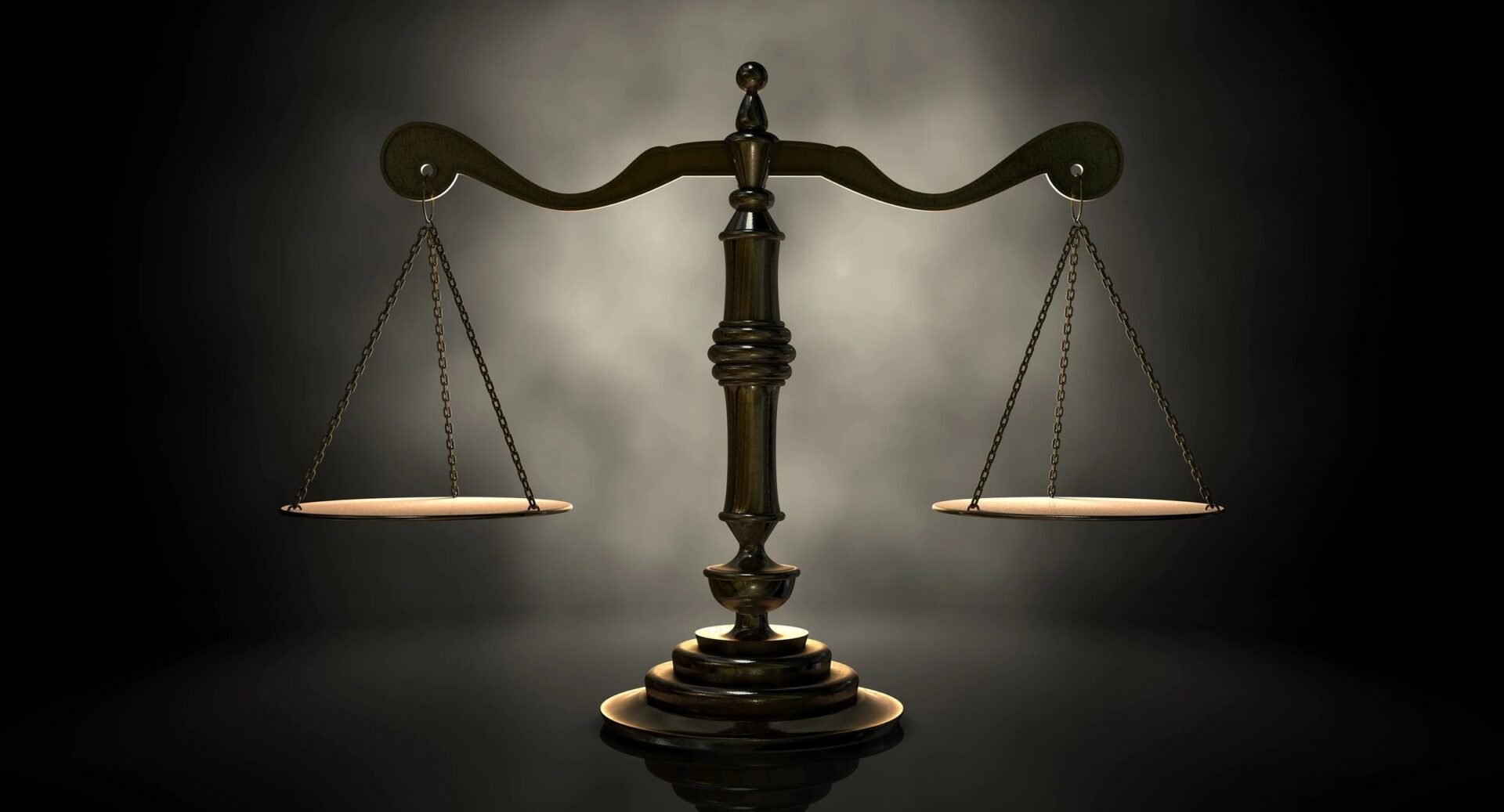What is FINRA Arbitration?
In some cases, investors find themselves in a situation where they’ve unknowingly trusted the wrong broker which has resulted in significant financial losses. When these situations occur, swindled investors then ask themselves, “What is the next step?” Understanding FINRA arbitration, and the procedures in which it abides by is an important step to recovering lost funds. Arbitration can look like disputes between investors and brokerage firms being resolved outside of court. FINRA annually administers between 4,000 and 8,500 arbitrations and numerous mediations. This process is viewed as a private trial where both parties present their arguments, and a neutral arbitrator makes a decision based on the evidentiary support. People often choose the route of arbitration because it is proven to be a faster process, and is less formal than going to court. The following is a breakdown of the process and explanation of the FINRA Discovery Guide
FINRA Arbitration Process
Individuals typically file a FINRA arbitration case when they’re unhappy with a brokerage firm’s actions or decisions. This could include issues surrounding investment losses, unauthorized trading, or breaches in fiduciary duty. Beginning this process is a way for investors to seek resolution and potentially recover damages.Fling a FINRA claim can be a critical step in seeking justice and recovering losses if you have been defrauded by your broker.
The first step in filing a FINRA arbitration claim is to identify and gather evidence that your broker engaged in securities fraud, which is a violation of securities laws. This typically involves reviewing your account statements, trade confirmations, and any communication with your broker.
Experienced securities fraud attorneys can help you assess the strength of your case, advise you on your options, and guide you through the process. If your attorneys believe you have a valid claim, you can initiate the process by filing a complaint with FINRA. This usually involves paying a filing fee. FINRA will appoint a panel of arbitrators to hear your case. These arbitrators are usually experienced professionals from the financial industry and the legal field. Both parties involved in the dispute will go through a discovery process where they exchange relevant documents and information. This process helps both sides understand the strengths and weaknesses of their cases.
A formal hearing will be scheduled where both parties present their cases before the arbitration panel. Your attorney will argue that the broker caused your losses and that it was done without your best interest. The arbitrators will review the evidence and arguments presented and make a binding decision. This decision can include financial awards to compensate for your losses. Many cases do settle before going to the formal arbitration hearing. If you win the case, the losing party is legally obligated to pay the awarded amount.
Discovery and Production in a FINRA Arbitration Claim
A lot of investors wonder, “If I bring an arbitration claim, what documents will I have to produce?” Production in FINRA arbitration claims is governed by the FINRA Code of Arbitration Procedure which allows for propounding parties to request documents and for responding parties to agree to produce or to object. Additionally, FINRA has established that FINRA Notice to Member 11-17 (the FINRA discovery guide) the documents that are presumptively discoverable in every case. These are the documents an investor will definitely need to produce.
Here is a breakdown of the documents investors are presumptively required to produce and the documents that firms are required to produce:
Documents the Firm/Associated Persons Produce in All Customer Cases (List 1)
Document Production List 1 of the Discovery Guide specifies the presumptively discoverable documents that firms/associated persons are required to produce in customer cases. Subject to the limited exceptions specified in certain List items, firms/associated persons are required to produce every document in every case unless the required production is narrowed either by party agreement or by order of the arbitrator. Highlights of the items follow. See the attached Guide for the full details and requirements of each item, including relevant time frames.
Item 1: Account record information for the customer parties, documents concerning the customer parties’ risk tolerance and agreement with the customer parties.
Item 2: Correspondence sent to the customer parties or received by the firm/associated persons, and advertising materials sent to customers of the firm.
Item 3: Documents evidencing any investment or trading strategies used or recommended in the customer parties’ accounts.
Item 4: For claims alleging unauthorized trading, all documents the firm/associated persons relied upon to establish that the customer parties authorized the transactions at issue, all documents relating to the customer parties’ authorization of the transactions and all order tickets for the transactions.
Item 5: Materials the firm and/or associated persons prepared or used and/or provided to the customer parties relating to the transactions or products at issue, and worksheets or notes indicating that the associated persons reviewed or read such documents.
Item 6: Notes the firm/associated persons made relating to the customer parties and/or the customer parties’ claims, accounts, transactions or products or types of products at issue.
Item 7: Notes or memoranda evidencing supervisory, compliance or managerial review of the customer parties’ accounts or transactions, or of the associated persons assigned to the customer parties’ accounts; and correspondence between the customer parties and firm/associated persons related to the customer parties’ claims, accounts, transactions or products or types of products at issue bearing indications of managerial, compliance or supervisory review.
Item 8: Recordings, telephone logs and notes of telephone calls or conversations about the transactions at issue that occurred between the associated persons and the customer parties, and/or between the firm and the associated persons.
Item 9: Writing reflecting communications between the associated persons assigned to the customer parties’ accounts at issue and members of the firm’s compliance department relating to the securities/products at issue and/or the customer parties’ claims, accounts, or transactions.
Item 10: Forms RE-3, U4 and U5 and Disclosure Reporting Pages for the associated persons assigned to the customer parties’ accounts at issue, customer complaints identified in the forms, and customer complaints filed against the associated persons.
Item 11: Sections of the firm’s manuals relating to the claims alleged, including separate or supplemental manuals governing the duties and responsibilities of the associated person and supervisors, bulletins the firm issued and the table of content/index to the manuals/bulletins.
Item 12: Analyses and reconciliations of the customer parties’ accounts, including those relating to reviews of the customer parties’ claims, accounts, transactions or the product or types of products at issues.
Item 13: Exception reports, supervisory activity reviews, concentration reports, active account runs and similar documents produced to review for activity in the customer parties’ accounts related to the allegations. For claims alleging failure to supervise, the firm/associated persons must produce the documents listed in this item that were produced to review for activity in customer accounts handled by associated persons and related to the allegations.
Item 14: Portions of internal audit reports for the branch in which the customer parties-maintained accounts that concern associated persons or the accounts or transactions at issue and discussed alleged improper behavior in the branch against other individuals similar to the improper conduct alleged.
Item 15: Records of disciplinary action taken against associated persons by a regulator or employer for all sales practice violations or conduct similar to the conduct alleged.
Item 16: Investigations, charges, or findings by any regulator and the firm/associated persons’ responses.
Item 17: Portions of examination reports or similar reports following an examination or inspection conducted by a regulator that focused on the associated persons or the customer parties’ claims, accounts or transactions, or the product or types of products, or that discussed alleged improper behavior in the branch against other individuals similar to the conduct alleged.
Item 18: Documents related to the case that the firm/associated persons received b subpoena or by document request directed to third parties.
Item 19: For the transactions at issue, documentation showing the compensation, gross and net, to the associated persons.
Item 20: For claims relating to solicited trading activity, a record of all compensation, including, but not limited to, monthly commission runs for the associated persons.
Item 21: A record of all agreements pertaining to the relationship between the associated persons and the firm, summarizing the associated persons’ compensation arrangement or plan with the firm.
Item 22: For allegations regarding an insurance product that includes a death benefit, information concerning the customer parties’ insurance holdings and recommendations, if any, regarding insurance products.
Documents the Customer Parties Produce in All Customer Cases (List 2)
Document Production List 2 of the Discovery Guide specifies the presumptively discoverable documents that customer parties are required to produce in customer cases. Subject to the limited exceptions specified in certain List items, customer parties are required to produce every document in every case unless the required production is narrowed either by party agreement or by order of the arbitrator. Highlights of the items follow. See the attached Guide for the full details and requirements of each item, including relevant time frames.
Item 1: Customer party federal income tax returns, limited to pages 1 and 2 of Form 1040; Schedules A,B,D and E; and the IRS worksheets related to these schedules, redacted to delete the customer parties’ Social Security numbers. Customer parties may redact information relating to medical and dental expenses and names of charities on Schedule A unless the information is related to allegations in the Statement of Claim.
Item 2: Financial statements, including statements within a loan application, or similar statements of the customer parties’ assets, liabilities and/or net worth.
Item 3: Documents the customer parties received from the firm/associated persons and from entities in which the customer parties invested through the firm/associated persons, including account opening documents and/or forms, prospectuses, research reports, annual and periodic reports, and correspondence.
Item 4: Account statements for each non-party securities firm where the customer parties maintained an account.
Item 5: Documents, including agreements and forms, relating to accounts at the firm or transactions with the firm.
Item 6: Account analyses and reconciliations prepared by or for the customer parties relating to the customer parties’ accounts at the firm or transactions with the firm.
Item 7: Notes, including entries in diaries or calendars, relating to the accounts at the firm or transactions at issue.
Item 8: Recordings and notes or logs of telephone calls or conversations about the customer parties’ accounts or transactions at issue that occurred between the associated persons and the customer parties, and telephone records evidencing telephone contact between the customer parties and the firm/associated persons.
Item 9: Correspondence the customer parties sent or received relating to the accounts or transactions at issue.
Item 10: Previously prepared written statements by person with knowledge of the facts and circumstances related to the accounts or transactions at issue.
Item 11: Complaints/Statements of Claim and answers filed in civil actions involving securities and securities arbitration proceedings in which the customer parties have been a party, and all final decisions or awards or non-confidential settlements entered in these matters. If a person is a party to a confidential settlement agreement that by its terms does not preclude identification of the existence of the agreement, the party shall identify the documents comprising the agreement.
Item 12: Documents showing the customer parties’ ownership in or control over any business entity. If the customer parties are trustees, documents showing the accounts over which the customer parties have trading authority.
Item 13: Documents the customer parties received, including documents found through the customer parties’ own efforts, relating to the investments at issue.
Item 14: For claims alleging unauthorized trading, documents the customer parties relied upon to show that they did not know about or consent to the transactions at issue.
Item 15: Materials the customer parties received or obtained relating to the claims, transactions or products at issue, and materials received relating to other investment opportunities.
Item 16: Customer parties’ resumes.
Item 17: Existing descriptions of the customer parties’ educational and employment background if not set forth in resumes.
Item 18: Documents related to the case that the customer parties received by subpoena or by document request directed to third parties.
Item 19: To the extent that an insurance product that provides a death benefit is included in the Statement of Claim, information received from an insurance sales agent or securities broker relating to such insurance.
Hiring a FINRA Attorney
If you’ve suffered investment losses with your broker, securities attorneys at The White Law Group may be able to help by filing a FINRA arbitration claim. For a free consultation, please call the offices at 888-637-5510.
The foregoing information is being provided by The White Law Group. The White Law Group, LLC is a national securities fraud, securities arbitration, investor protection, and securities regulation/compliance law firm with offices in Chicago, Illinois and Seattle, Washington.
For more information on The White Law Group, visit https://whitesecuritieslaw.com.
Tags: Discovery, FINRA claim Last modified: October 2, 2023






